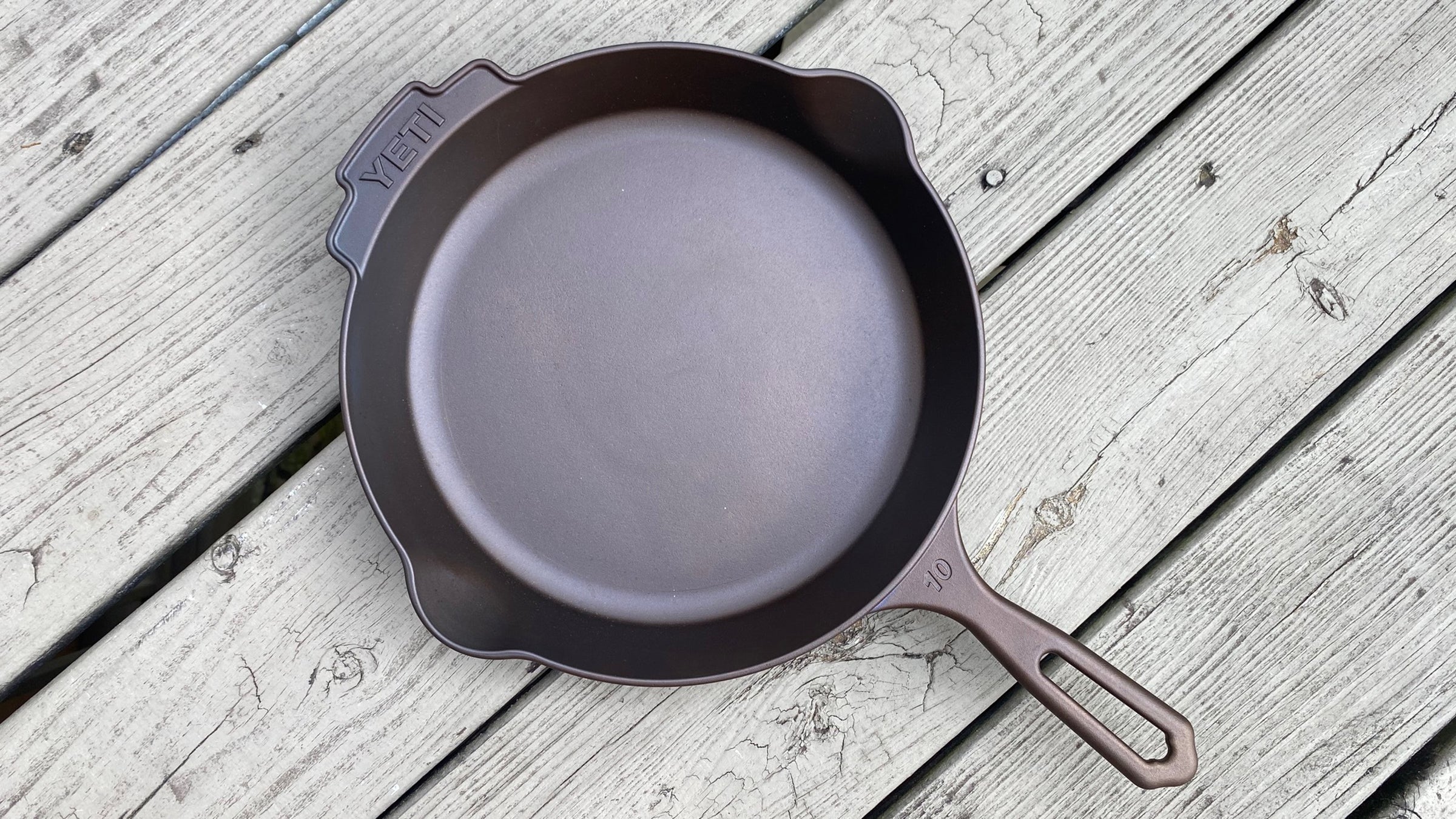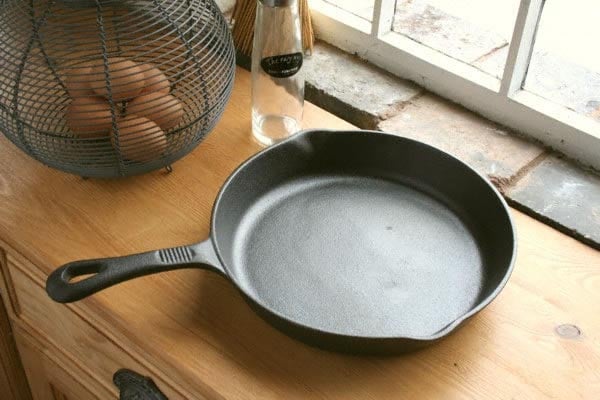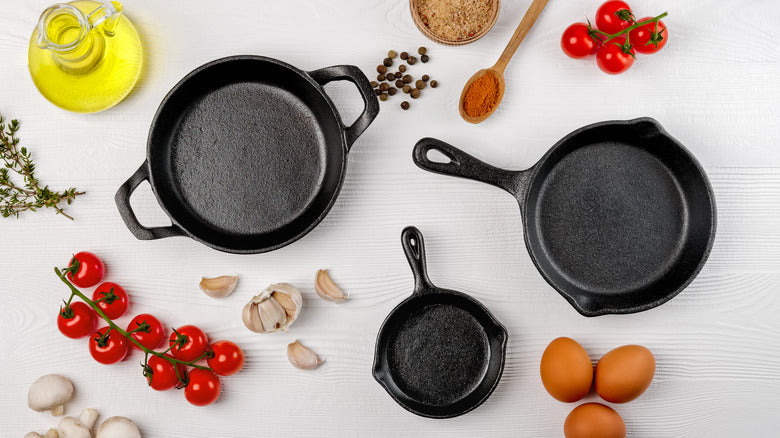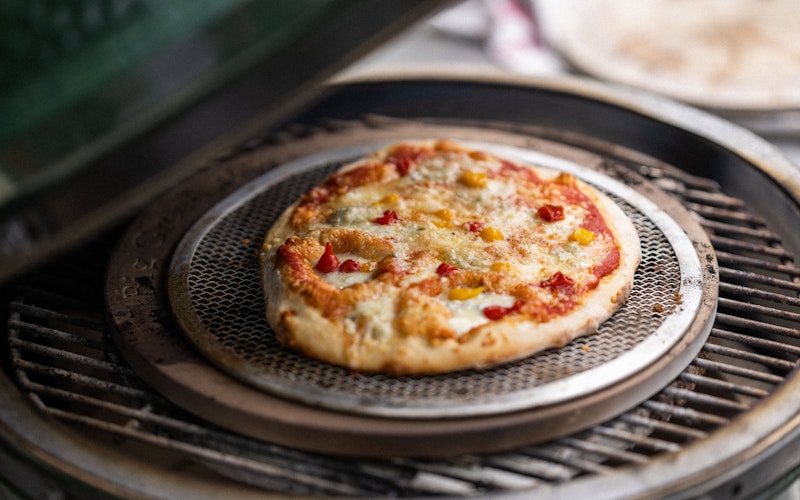When you think about the world of coffee, the first thing that comes to mind is often a perfectly brewed cup made from freshly roasted beans. For those in the culinary field, knowing how to roast coffee beans in a cast iron skillet can be an exceptional skill, providing control over flavor profiles and contributing to the craft of coffee. Not only does it yield fresher coffee, but it also offers a remarkable DIY experience!
In this article, we will delve into the techniques and tips required to roast coffee beans using a cast iron skillet. With an increase in interest surrounding artisanal and home-roasted coffee, mastering this technique can not only enhance your skill set as a kitchen professional but also elevate your coffee game significantly.

Understanding the Cast Iron Skillet
The cast iron skillet is a remarkable cooking tool that is celebrated for its durability and heat retention properties. When roasting coffee beans, these characteristics can help achieve an even roast, essential for developing the unique flavors of the coffee. The constant and uniform heat distribution will ensure that all beans are exposed to the same cooking temperature, ultimately improving the quality of your roast.
Essential Equipment and Ingredients
Before diving into the process of how to roast coffee beans in a cast iron skillet, lets gather the necessary ingredients and tools:
- Cast Iron Skillet: A quality skillet will ensure even heat distribution.
- Coffee Beans: Choose green coffee beans from a trusted supplier.
- Wooden Spoon: For stirring the beans during roasting.
- Heat Source: Either a stovetop or an open flame can work effectively.
- Colander: For cooling the roasted beans after the process.
The Roasting Process
Step 1: Preheat Your Skillet
To start, place your cast iron skillet over medium to medium-high heat. Allow it to preheat for several minutes until its hot but not smoking. The key to a successful roast is to ensure the skillet reaches a consistent temperature before adding the beans.
Step 2: Add the Coffee Beans
Once the skillet is hot, add a single layer of green coffee beans. Avoid overcrowding the pan, as this will lead to uneven roasting. A typical batch will be about half a cup.
Step 3: Stir Constantly
As the beans begin to roast, stir them continuously with your wooden spoon. This step is crucial, as it prevents scorching and ensures an even roast. Keep a close eye on the color of the beans; light roasts will appear yellowish, while medium roasts develop a richer brown shade.
Step 4: Listen for the Cracks
During the roasting process, you will hear distinct popping sounds called 'first crack' and 'second crack.' The first crack occurs when the beans expand and release gases, signaling that they are starting to roast. For a light roast, you can remove the beans shortly after the first crack, while medium roasts will require more time until just after the second crack.
Post-Roasting Techniques
Cooling the Beans
After reaching your desired roast level, immediately transfer the beans to a colander. Cooling them quickly helps stop the roasting process and prevents overcooking. You can shake the colander lightly to remove any chaff.
Let Them Rest
Allow your roasted beans to rest for at least 12 hours. This resting period allows the flavors to develop and settle, enhancing the overall taste.
Frequently Asked Questions
Can you roast coffee beans in any skillet?
While you can technically use non-stick skillets, cast iron is preferred for its heat retention and even cooking properties. Its also more durable and can withstand higher temperatures.
How do I clean my cast iron skillet after roasting?
To clean your skillet, avoid soap. Instead, use hot water and a stiff brush to scrub away any coffee residue. For more details on cleaning cast iron, check out this guide.
What type of coffee beans are best for roasting at home?
Most kitchen professionals prefer using Arabica or Robusta beans. Arabica offers a milder flavor, while Robusta is stronger and more bitter. Experimenting with different varieties can lead to exciting discoveries!

Conclusion: A Terrific Skill to Add
Learning how to roast coffee beans in a cast iron skillet opens a delightful world of flavors and aromas. Beyond the practical benefits, its also a terrific skill to cultivate as a kitchen professional. The ability to control the roast allows you to customize your brews according to personal and customer preferences.
Dive deeper into the world of cast iron by checking out guides such as seasoning, baking, and even frying in a cast iron skillet!
As an Amazon Associate, I earn from qualifying purchases.






Leave a comment
This site is protected by hCaptcha and the hCaptcha Privacy Policy and Terms of Service apply.